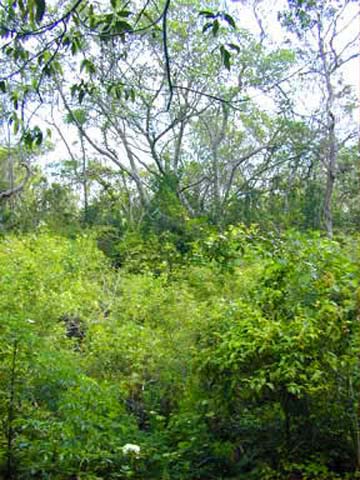We re trying to restore this to tropical hardwood hammock which benefits all the species here in key largo said jeremy dixon the biologist who serves as the refuge s manager.
Tropical hardwood hammock invasive species.
Tropical hardwood hammocks are closed canopy forests dominated by a diverse assemblage of evergreen and semi deciduous tree and shrub species mostly of west indian origin.
Wildlife residing in hardwood hammocks are mostly of temperate origin rather than tropical in contrast to the characteristic plantlife.
Not all species are listed or available.
Hammocks can be found nestled in most all other everglades ecosystems.
The royal palm a common species found in south florida s coastal hammocks is one of the most commonly cultivated palms in subtropical and tropical regions of the world.
Tropical hardwood hammocks are threatened by invasive exotic species taking of native species by collectors water level changes conversion to agriculture and development.
Wildlife living in hardwood hammocks originates from temperate regions in contrast to the native flora which originates from tropical regions.
In the deeper sloughs and marshes the seasonal flow of water helps give these hammocks a distinct aerial teardrop shape.
Tropical hardwood hammocks are found in south florida or the everglades with large concentrations on the miami rock ridge in the florida keys along the northern shores of florida bay and in the pinecrest region of the big cypress swamp.
Some of these species include torchwood gumbo limbo wild tamarind wild lime west indian mahogany pigeon plum and wild coffee.
Historically much of key largo was a dense hardwood hammock established on fossilized coral.
A hardwood hammock is a dense stand of broad leafed trees that grow on a natural rise of only a few inches in elevation.
Please refer to our pricelist for a more up to date list of what we currently have in stock.



























